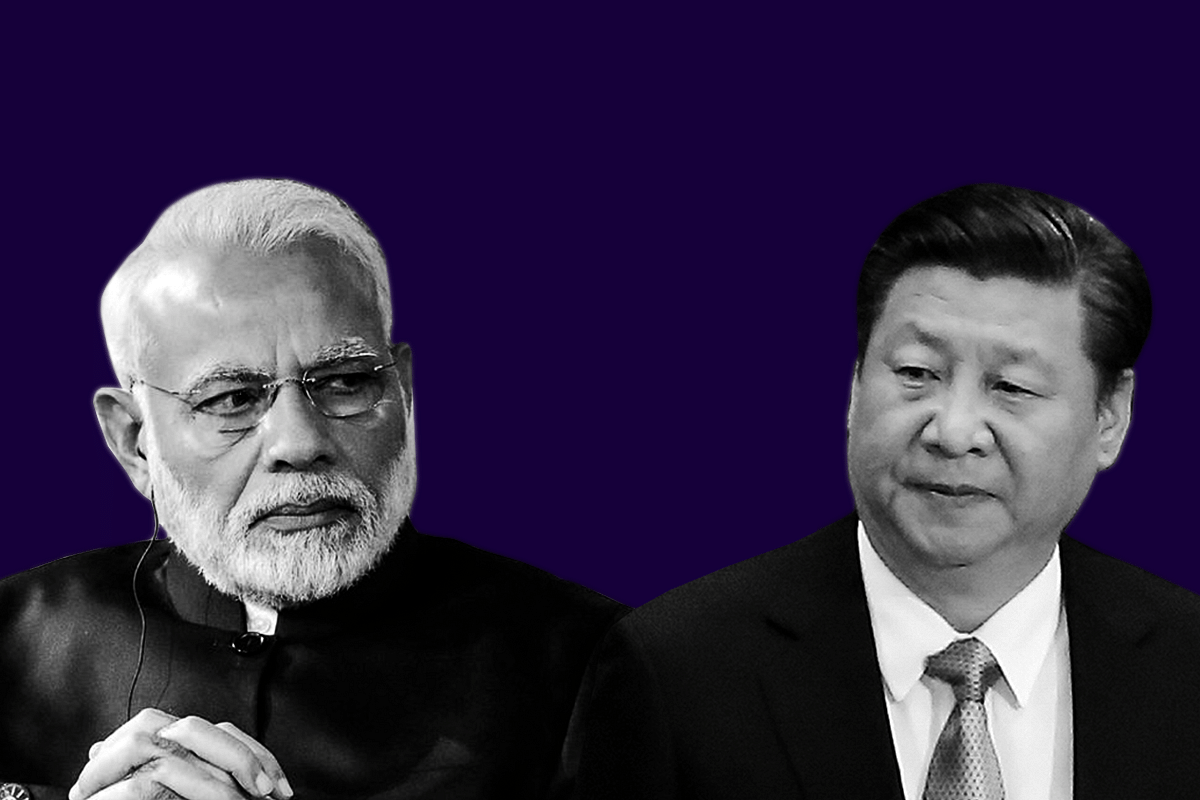Context
Rating Agencies — Upbeat About India, Concerned About China

India-China Economy
Rating agencies have a positive outlook on the Indian economy, while China is thought to be caught up in economic whirlwinds.
India inspiring confidence: Last week, Morgan Stanley predicted that India will be the fastest-growing economy in Asia in FY 2022-23.
They expect India to contribute over one-fifth of the world's growth.
The Indian economy is set for its “best run” in over a decade.
Quote: “We have been constructive on India’s outlook, both from a cyclical and structural perspective, for some time. The recent strong run of data increases our confidence that India is well positioned to deliver domestic demand alpha, which will be particularly important as developed market (DM) growth weakness percolates into Asia’s external demand,” a note said.
Handsome projections: The S&P Global India Manufacturing Index increased to 56.4 in July 2022, beating market expectations of 53.8.
Inflation eased to an 11-month low, at 6.7 per cent.
Overall employment numbers, a worldwide worry, improved marginally.
As of July, the IMF expects India to grow by 7.4 per cent in FY 23; World Bank, 7.5 per cent; OECD, 6.9 per cent; and ADB, 7.2 per cent.
Of the top rating agencies, only Nomura holds a conservative view (4.7 per cent). S&P Global predicted 7.3 per cent.
Fitch Ratings pegged growth at 7.8 per cent in FY 23 and an average of 7 per cent between FY 24 and FY 27.
According to data aggregation platform Trading Economics, India's household debt stood at 37 per cent in December 2021, up from 34 per cent a decade ago, but lower than the peak of 38.4 per cent.
Motilal Oswal estimated the non-financial corporate debt to be at 48.6 per cent of the GDP, the lowest in seven years.
Contributing factors: Over the last few months, Delhi has been taking several initiatives — including export curbs on products and commodities — to check inflation and encourage domestic consumption in the face of rising uncertainties in the global market.
Hiring has been growing at an extraordinary pace in IT, telecom, banking and finance, and pharma.
E-commerce penetration has increased five-fold during Covid-19. Gig hiring, warehousing, and logistics witnessing exponential growth as a result.
Pan-India growth: Growth activities are not limited to big cities.
As of March 2022, half of India’s nearly 66,000 recognised startups were from non-metro cities.
China sweating: Its economic performance has been so dismal that, according to an AP report, the CCP has “stopped talking” about this year’s 5.5 per cent GDP growth target.
Debt worries: President Xi Jinping failed to avert the current debt crisis.
According to JP Morgan, China’s household debt surged to 62 per cent of the GDP last year, from 28 per cent the decade before.
Corporate debt is ruling at 160 per cent of the GDP.
As a trade-surplus economy, China amassed huge wealth at the government level over the last three decades. But the high indebtedness of its households and corporates indicates a serious flaw in the system.
Over-leveraged financial system: Over the last two decades, 70 per cent of household savings were directed to property, contributing to one-third of China’s GDP.
The $2.7 trillion property market is now in crisis, which is spilling over to other areas.
Nomura estimated that Chinese developers delivered only 60 per cent of homes they pre-sold between 2013 and 2020. This puts roughly 4 per cent of the total bank loans in China at risk.
China is, therefore, witnessing a sharp decline in sales.
According to S&P Global, around 20 per cent of the developers are at risk of insolvency. This is reflected in rising bond defaults that have exceeded $20 billion so far this year, as against $9 billion in 2021.
Property developers top the list of defaulters.
Impact on job market: “The most educated generation in China’s history was supposed to blaze a trail towards a more innovative and technologically advanced economy. Instead, about 15 million (1.5 crore) young people are estimated to be jobless, and many are lowering their ambitions,” Time reported on 25 July 2022.
China’s overall unemployment numbers look a comfortable 5.5 per cent.
The problem is for the young urbanites (16-24 years), where unemployment is as high as 19.3 per cent.
To make it worse, 11 million (1.1 crore) new graduates will join the workforce this summer.
This is bringing the salaries down for new recruits.
Corrective action awaited: Beijing has already announced a stimulus for the infrastructure sector. It has the wherewithal to fork out more cash, but will they risk another round of overheating of the economy, or will they give restructuring a chance?
Introducing ElectionsHQ + 50 Ground Reports Project
The 2024 elections might seem easy to guess, but there are some important questions that shouldn't be missed.
Do freebies still sway voters? Do people prioritise infrastructure when voting? How will Punjab vote?
The answers to these questions provide great insights into where we, as a country, are headed in the years to come.
Swarajya is starting a project with an aim to do 50 solid ground stories and a smart commentary service on WhatsApp, a one-of-a-kind. We'd love your support during this election season.
Click below to contribute.
Latest